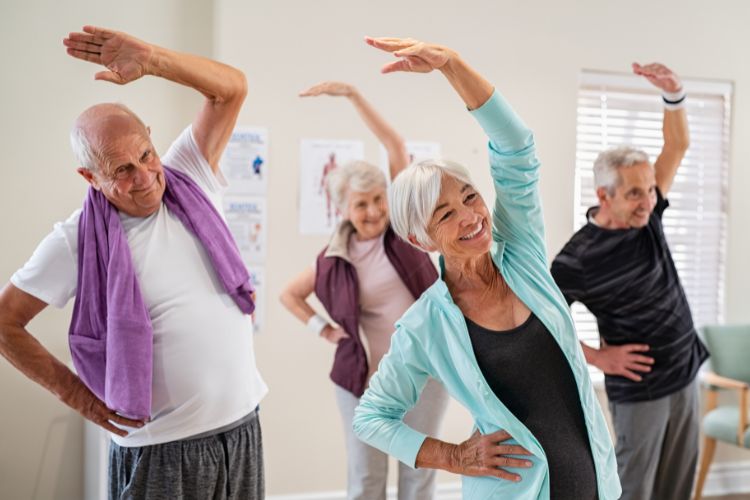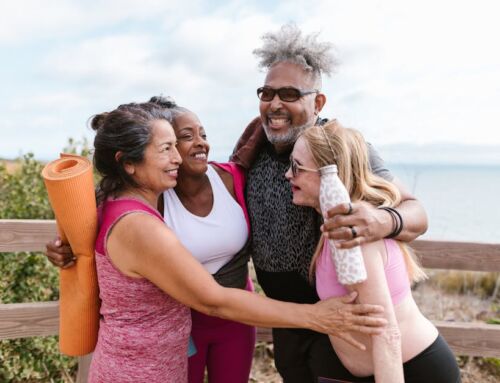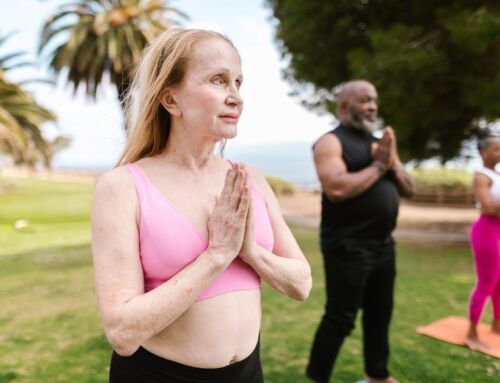Absence of mobility is just one of the most usual disability amongst older Americans, Census Bureau records show.
Mobility is vital for independent living as well as making it through the day. Activites such as visiting a medical professional’s workplace or shopping can be challenging. Whether you need to walk across a room to the bathroom or cooking area, get out of bed or a chair, or walk through a grocery store, flexibility is vital.
Loss of mobility, which is very common among older adults, has profound social, emotional, as well as physical consequences. “If you’re unable to get out then you cannot shop, you cannot go out with your buddies to eat dinner or go to the movies, as well as you come to be dependent on other people to get you to the places you need to go. So you end up being a recluse, you stay home, you get depressed. With immobilization comes urinary incontinence, due to the fact that you cannot get to the bathroom, you can develop urinary infections, skin infections. The list goes on,” claims geriatrician and also a Harvard Medical School professor Dr. Suzanne Salamon in a Harvard Wellness Blog Site.
The bright side comes from a brand-new study released this year in Annals of Internal Medicine and suggests that sedentary older adults who start working out may experience less disability.
Seniors aged 70 and up were amongst the participants in the study. They performed 150 minutes of exercise a week consisting of walking and also tasks to enhance stamina, balance, and flexibility. The other individuals involved were just given health and wellness info.
After 2 years, the exercise group was less likely to lose their capability to rise from a chair. Experts in senior treatment believe this task might be a vital sign for worsening disability.
” We see the benefits from a regular structured program of exercise including those that are frail,” says Jeff Cleveland, president of Clear Choice Health Care. “Exercise may minimize the risk of developing sorts of disability like the inability to rise from a chair.”
Scientists at the University of Alabama defined the capability to determine a person’s decrease in mobility with two concerns:
– For health or physical reasons, do you have trouble climbing up 10 steps or walking one-quarter of a mile?
– Due to underlying wellness or physical reasons, have you changed the way you climb up 10 steps or walk a quarter of a mile?
“The great thing about these two questions is that it’s an instantaneous recognition of status,” states Cleveland. He clarifies that if you’re having difficulty walking the shopping center or need to touch walls for balance when you walk, you’ll need to see your physician as soon as possible.
“I think that your medical professional’s input as well as a recommendation to physical and occupational therapy can resolve what’s triggering the loss of movement,” says Cleveland.
Physical therapy can help to improve balance as well as strength, as well as occupational therapy can help improve an individual’s capacity to execute day-to-day living activities and bring precaution into their living environment such as restroom components and grab bars.
Occasionally a referral to subspecialists is needed to treat underlying conditions that can lead to immobility explains Cleveland.
Loss of movement is a real problem, particularly when it involves a loss of independent living. Fortunately, immobilitymight be preventable or treatable. Cleveland says to take actions now to make certain your path can improve in the years ahead.


















